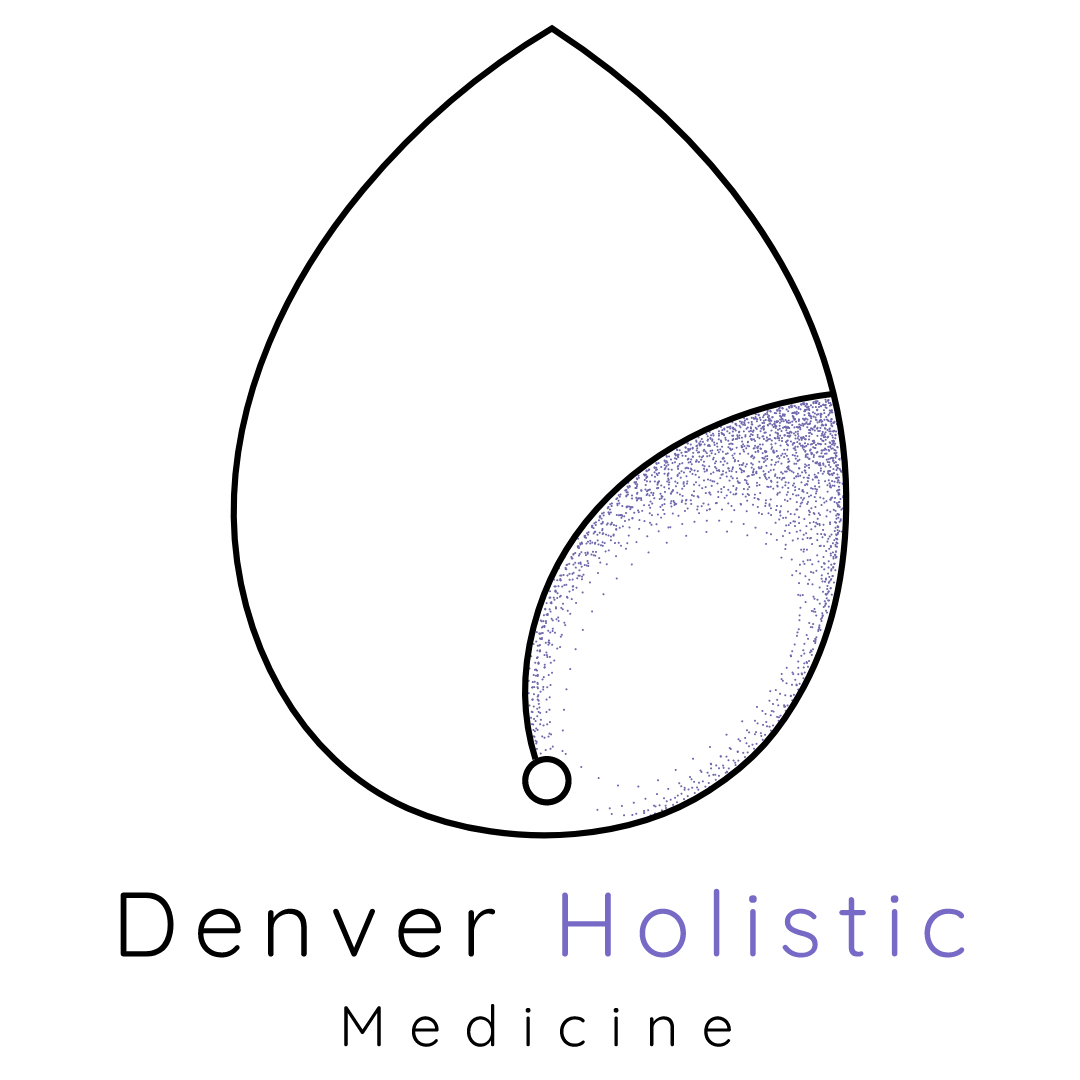Itching
Countless women experience itching during pregnancy on their skin, abdomen, thighs, breasts and arms making them very uncomfortable. It has been correlated to the increase levels of estrogen and may disappear right after delivery. Pregnant women who have a pre-existing condition, such as dermatitis or eczema, may be worsened with pregnancy. The itchiest rashes are scabies, lichen planus, uritcaria, and dermatitis herpetiformis. Some relief techniques include:
- Avoid hot showers
- Avoid hot baths
- Avoid situations that fry out your skin
- Use mild, unscented soaps
- Scents can cause irritation
- Rinse soap off well
- Use the towel lightly
- Take an occasional warm oatmeal bath
- Lather skin with moisturizer after you have showered or bathed
- Apply cool, wet compresses on itchy areas
- Avoid hot climates
- Wear loose, smooth cotton clothing.
Pregnant women should visit their healthcare professional when their symptoms have worsened right away in case the underlying cause is an infection or an autoimmune disease. Those pregnant women who reside in Denver should visit the Denver Holistic Center for more information. When a woman has severe itching during the third trimester of pregnancy, it may be a sign of intrahepatic cholestasis of pregnancy (ICP), which is a liver problem affecting a small population of pregnant women in the United States. Bile doesn’t flow as it should in the liver, and the bile salts accumulate in the skin, making a person itchy. Rash associated with redness, swelling and irritation should not be taken lightly. ICP increases risk of stillbirth in pregnancy and should be regularly monitored with ultrasounds and fetal heart monitoring.
Other possibilities of itchiness in pregnancy are:
- Pruritic urticarial papules and plaques of pregnancy (PUPPP): affecting 1% of pregnant women with itchy, red bumps and large patches of hive-like rash on the abdomen. May also be called polymorphic eruption of pregnancy.
- Begins in the third trimester
- More common with women who are pregnant for the first time
- Treatment: topical ointment, antihistamine, oral steroids
- Prurigo of pregnancy: rare condition; also known as popular eruptions of pregnancy
- Tiny bumps that look like bug bites
- Appear on limbs or torso
- Pemphigoid gestationis: these lesions may blister
- Begin during third trimester
- Appear on abdomen, arms, legs, palms, soles
- Increased risk of preterm delivery, fetal growth problems, stillbirth
- Impetigo herpetiformis: form of psoriasis in pregnancy
- Extensive red area with small pus-filled bumps
- Turn into larger white, elevated pus-filled areas
- Appears on thighs, groin, armpits, abdomen, breasts
- Can be painful
- Treated with steroids.
As it can be seen, many of these conditions have severe complications and should be managed and treated as soon as possible.
